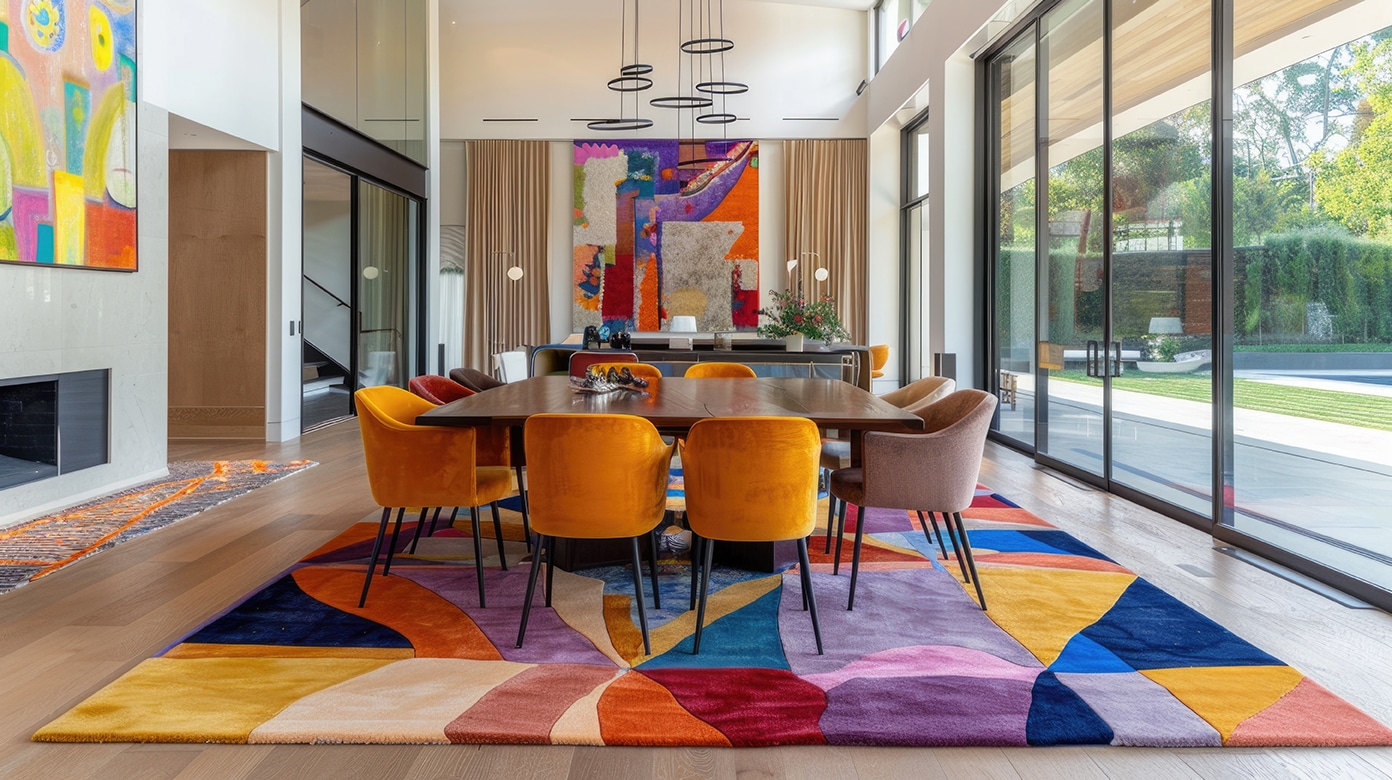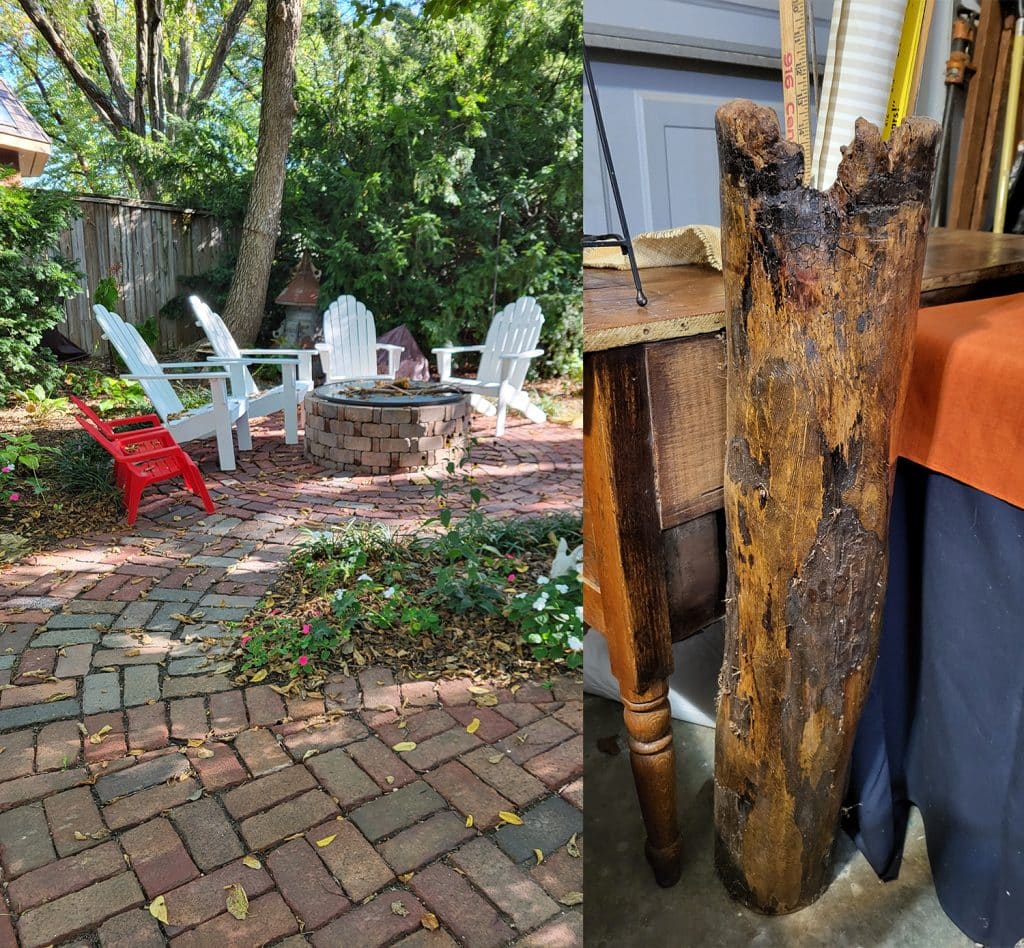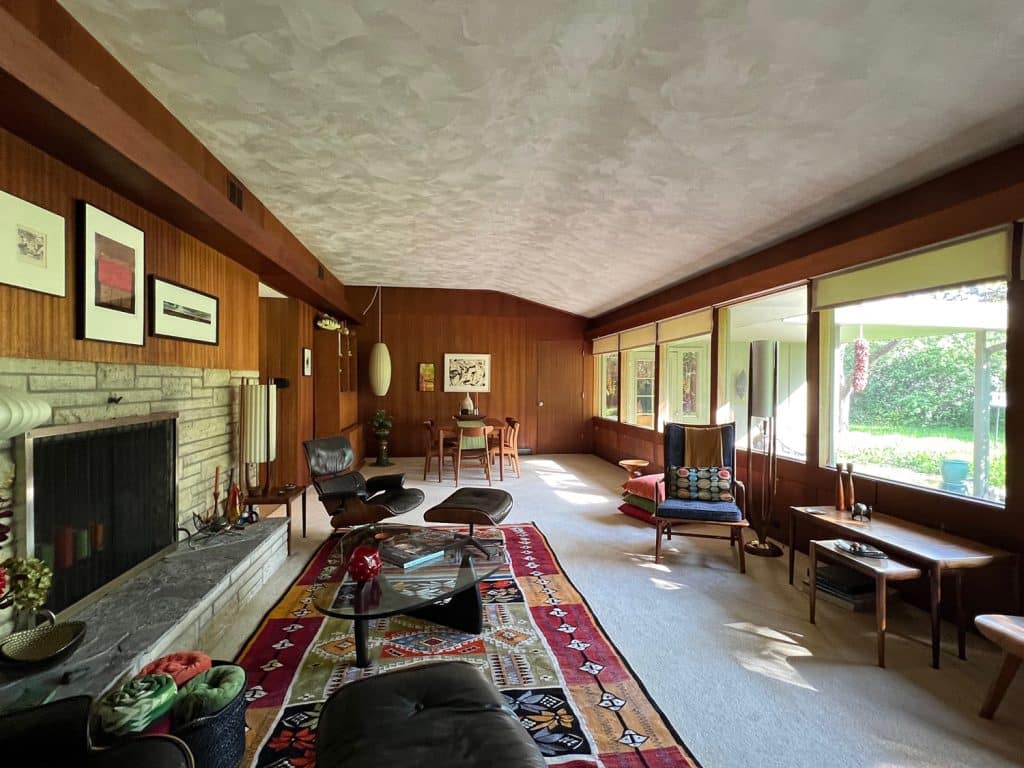
Top 6 Interior Design Trends
As we approach the final months of 2024, the interior design trends that have defined homes throughout the year are still going strong. Local real estate experts at Stephens Real Estate have seen firsthand how homeowners in Lawrence are embracing sustainable, personalized, and tech-forward designs. From eco-friendly materials to multifunctional spaces, these trends reflect a desire to blend style with practicality. If you’re considering a home update, the following six trends, shaped by local insight, will keep your space fresh and current through the rest of the year
1. Sustainable and Eco-Friendly Design
Sustainability continues to be a significant focus. Homeowners and designers alike are prioritizing eco-friendly materials and practices.
- Recycled and Upcycled Materials: Furniture and decor made from recycled or upcycled materials are becoming more popular. Look for items made from reclaimed wood, recycled glass, and repurposed metal.
- Eco-Friendly Textiles: Opt for organic, sustainable textiles such as organic cotton, linen, hemp, and bamboo.
- Energy Efficiency: Integrate energy-efficient appliances and lighting. Solar panels and smart home systems that reduce energy consumption are also trending.
Stephens agent Joan Stone calls this approach thoughtful reconfiguration. “Using re-purposed materials isn’t necessarily a new concept but it remains a popular trend and it’s a unique way to be eco-conscious. New isn’t always better, and it’s a fun challenge to coordinate both and a joyful reminder of our history. Your home can have distinctive character, warmth, and texture.”

2. Biophilic Design
Biophilic design focuses on bringing nature indoors, and it remains a strong trend. This design philosophy aims to create a calming and inspiring environment by connecting occupants with the natural world.
- Indoor Plants: Incorporate a variety of indoor plants to improve air quality and add greenery. Vertical gardens and plant walls are also popular.
- Natural Materials: Use materials like wood, stone, and rattan to create a natural, earthy feel.
- Natural Light: Maximize natural light through large windows, skylights, and light-reflecting surfaces.
Stephens agent Tom Harper is a big fan of bringing nature indoors, “One of the main reasons we purchased our home was the large section of panes of glass that overlooked our yard. The backyard, which is composed of mature trees and plantings, connects us with beauty while sitting in our living room. The natural light and nature create beauty, peace and pleasure.”
“I love it when clients find homes that bring in natural light,” adds Stephens agent Lee Beth Dever. “This feature alone can really change a person’s mood and reduce stress and improve focus.”

3. Bold Colors and Patterns
While neutral palettes have been popular in recent years, more designers are embracing bold colors and patterns to add personality and vibrancy to spaces.
- Vivid Hues: Bright, saturated colors such as deep blues, emerald greens, and rich burgundies are being used as accent walls, in furniture, and in decor.
- Pattern Mixing: Combining different patterns in textiles and wallpapers is a trend. Think floral prints mixed with geometric designs.
- Color Blocking: Using contrasting colors in large blocks can create striking visual effects.
4. Maximalism
Maximalism is making a comeback as people move away from minimalist aesthetics and embrace a more eclectic, personalized approach to decorating.
- Layered Decor: Combine different textures, patterns, and colors to create rich, layered spaces.
- Statement Pieces: Incorporate bold, unique pieces of furniture or art that reflect your personality.
- Curated Collections: Display collections of books, art, or travel souvenirs to create a space that tells your story.
Stephens agent Jill Ballew likes the idea of going bold, “I like statement pieces whether that be a large mirror that has a unique shape or unexpected or quirky artwork that doesn’t follow a theme but brings you joy.”
5. Smart Home Integration
Technology continues to influence interior design, with smart home features becoming more integrated and essential.
- Smart Lighting: Install smart lighting systems that can be controlled via apps or voice commands. These systems can adjust brightness and color to suit different moods and times of day.
- Home Automation: Use home automation for security, heating, cooling, and entertainment systems. Smart thermostats, security cameras, and automated blinds are popular choices.
- Wireless Charging: Furniture with built-in wireless charging stations for phones and other devices is becoming more common.
6. Multi-Functional Spaces
With more people working and studying from home, creating multi-functional spaces is crucial. Flexible design solutions help make the most of available space.
- Convertible Furniture: Use furniture that can serve multiple purposes, such as sofa beds, fold-out desks, and extendable dining tables.
- Room Dividers: Employ room dividers, bookcases, or screens to create distinct areas within open-plan spaces.
- Built-In Storage: Maximize storage with built-in solutions that keep clutter at bay and make spaces more functional.
Another Stephens agent, Lauren Ballard, says that homeowners need adaptable spaces, “Multi-functional rooms and spaces are essential for families and anyone working from home, which is a lot of us in 2024. The ability to change and adapt as times change and people grow, seems very crucial right now.”
Incorporating these interior design trends can help you create a home that is not only stylish and modern but also functional and sustainable.
